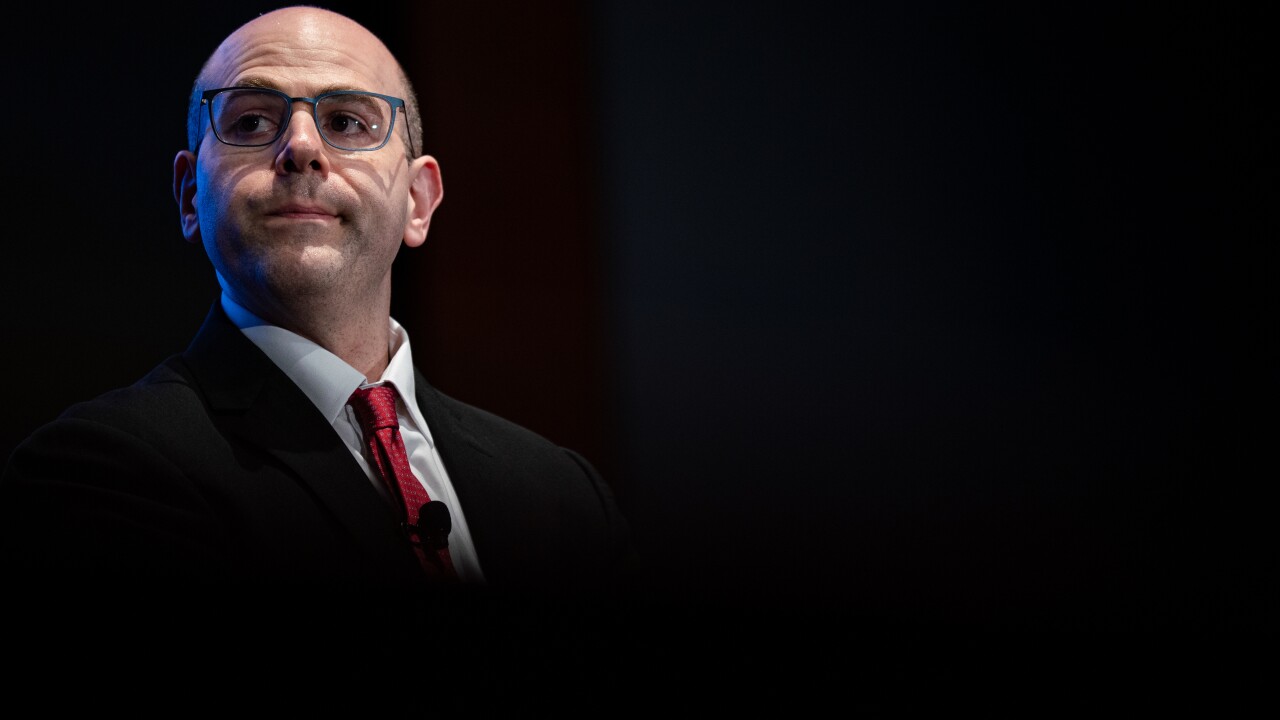In Canada, there is no Apple Pay, Android Pay or Samsung Pay. But there is a
"Frankly, there is absolutely no business case for it; all you're doing is shifting the form factor," said Jeremy Bornstein, head of payments innovation at RBC, in a panel discussion during SourceMedia's PayThink conference, taking place this week in Las Vegas.
But even if the justification for pursuing mobile was hard to articulate, the future of the payments industry was already coming into focus, he said.
"The actual business case became all of the billions of dollars that we earn in the credit card business because we truly believe that if we are not in the game, then the entire business is up for grabs," Bornstein said. "We are not going to sit by and watch this industry change around us."
The cautionary tale for this is PayPal, which launched back in 1998 with an online payment process that banks are still challenged to match. RBC wanted to make sure it did not have "another PayPal moment," he said.
Even the rise of
"We're not talking about fundamental changes in the way people can do things like SMS or texting changed the way we could communicate," Armstrong said. "
Banks must look at mobile and wearable devices as
"The mobile wallet solutions today are not what's going to drive consumer adoption," he said.
Merchants and banks will build on mobile to provide coupons, discounts and offers, as well as processes for accepting payments in any aisle of the store, he said.
Even though much of this process will be in the merchants' hands, "the key is making sure that banks like ourselves are going to where that consumer is and that we are developing products around that consumer choice, working with whatever payment choice they want to make," Hruska said.
Once consumers have that choice, the benefits will start to show, he said. It might be that mobile-savvy consumers make more transactions, or that they make bigger-ticket purchases or start using credit more often than debit, he said.
Any of those outcomes are possible, but none of them are clear today, Hruska said. "It's one of those areas where we have to have a little bit of patience."





